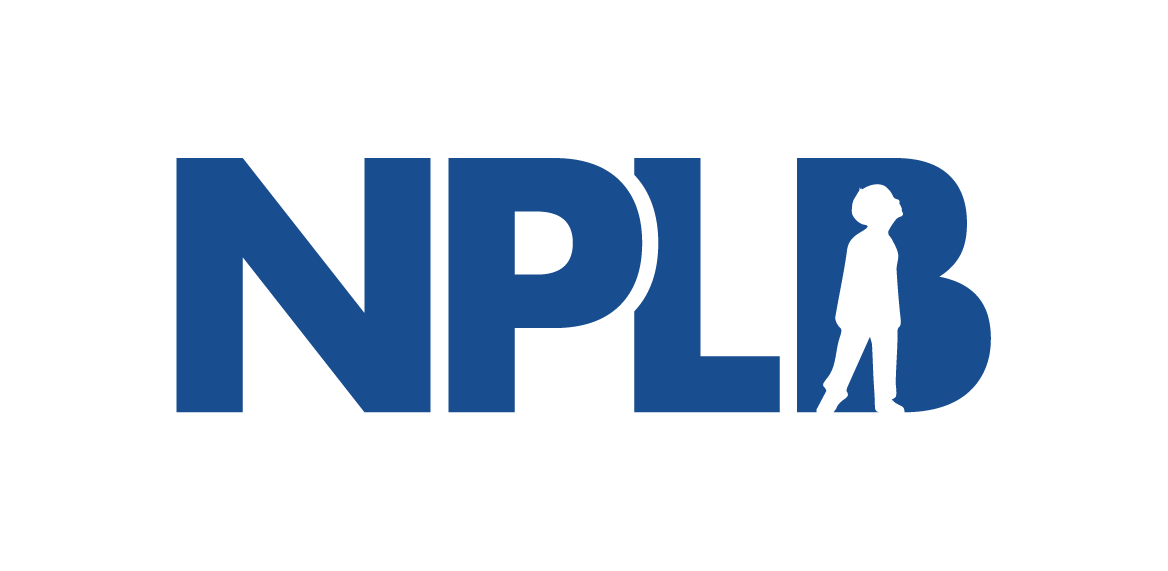
Valuing Healthcare Innovation
NPLB’s new report shows US market-based drug pricing delivers strong value—averaging ~70% below patient and societal value. In contrast, Canada and Germany used value estimates from flawed methods that undervalue medicines by over 90%.
Importing foreign price controls would undermine U.S. biomedical competitiveness. High-income foreign trade competitors should stop free-riding on US innovation. They should pay their fair share and eliminate non-tariff market access barriers.
Key Takeaways:
Under the existing competitive market-based mechanism for pricing and paying for medicines, the U.S. receives good value relative to the societal value provided by novel drugs.
Value estimates using the updated generalized cost-effectiveness analysis (GCEA) methodology, on average, more comprehensively reflect the societal value of innovative medicines than do those from traditional cost-effectiveness analyses (TCEAs) by a factor of 4.68.
U.S. market-based prices were 69% less than the societal value estimates based on GCEA. These discounts are greater for medicines in more competitive markets with more treatment options such as diabetes and cardiovascular disease.
Faulty and outdated value assessment approaches embedded in foreign health technology assessments (HTAs) significantly underestimate the true societal benefits of innovative medicines and are used as a bargaining tool to suppress prices below their true societal value and freeride on U.S. innovation. Our analysis showed that prices recommended by the Canadian and German HTAs undervalued medicines by more than 90%.
Policymakers should consider U.S. market-based prices as the benchmark drug price and require high-income ex-U.S. countries to pay the “fair” price in accordance with differences in economic output between each country and the U.S.
Read the abstract
Executive Summary
The Inflation Reduction Act (IRA) granted the Centers for Medicare and Medicaid Services (CMS) the authority to set “maximum fair prices” for certain “high-impact” prescription drugs. Under this policy change, there has been increasing calls for CMS to incorporate evidence on value to inform price setting decisions of selected drugs. In fact, the MFP decision explanations made public by CMS included multiple references to analyses performed by the Institute for Clinical and Economic Review (ICER), which frequently relies on faulty, outdated, and biased methods similar to those used outside the U.S. These proposals have spurred renewed debates over the quality of the evidence generated from these models and their applicability in healthcare decision-making. In this rapidly evolving health policy landscape, it is all the more important to understand the limitations of health economic models used to inform existing health technology assessments (HTAs).
Formal HTA processes are often used to inform coverage and reimbursement decisions for innovative drugs in the United Kingdom, Canada, and other high-income foreign countries, in contrast with the market-based pricing system in the United States. In these ex-US frameworks, traditional cost-effectiveness analysis (TCEA) is commonly used
to determine value-based prices of innovative therapies. However, due to its well-documented data and method limitations, TCEA has failed to reflect the true value of medicines to patients and society.
Setting prices in the U.S. based on artificially low estimates of value would reduce investment in biomedical R&D and yield fewer novel medicines that address critical unmet needs of patients. As a result, the U.S. would be worse off due to increasing lost productivity for patients and caregivers, rising costs of health services, and reduced health across the population.
The Generalized Cost-Effectiveness Analysis (GCEA) methodology offers an explicit and comprehensive framework that provides insights more aligned with real-world patient priorities and societal benefits than TCEA for value assessment. The discrepancies in value estimates between TCEA and GCEA illustrate the degree to which TCEA appears to be significantly under-valuing medicines. It further illustrates the inherent limitations of using any CEA thresholds in government decision-making due to the uncertainty and subjective assumptions embedded in any method.
The GCEA methodology has been proposed by an expert panel of 12 leading health economists as an updated value assessment method to account for elements of value overlooked by many TCEAs that fail to integrate market dynamics (e.g., price drop due to generic entry), societal value elements (e.g., productivity and caregiver burden), and patient risk preferences over future health outcomes. As a result of these methodological improvements, GCEA produces a more comprehensive estimate of a treatment’s societal value. This can help governments avoid targeting novel medicines (e.g. those still on-patent) for price setting when the current market prices both generate social surplus and incentivize investments in future innovation.
Critics of U.S. health care costs and outcomes often point to the differences in prices for similar treatments and services in the U.S. vs. other high-income countries. However, health economists have expressed concern that other countries might be underpaying for innovative drugs relative to their societal value and that their priorities might differ from those in the U.S. Subsequently, lower return expectations would ultimately reduce investment in pharmaceutical innovation and lead to reduced patient welfare in the U.S., as well.
Comparing TCEA, GCEA, and international prices
This report performed a set of analyses to better evaluate the relationship between drug prices and the various frameworks that estimate their societal value. It seeks to determine the extent to which prices set in high-income ex- US countries represent value accrued to society and their appropriate share of global contribution for the innovation provided.
Built on existing TCEA analyses, we performed GCEA analyses for a sample of drugs with significant budget impacts to the U.S., adjusting for uncertainty over future health outcomes, patient productivity gains, price drops due to genericization, and the benefits of the treatment to future patients to answer four key research questions:
How do societal value estimates (operationalized as value-based prices, VBPs, i.e., the highest price that a GCEA would calculate as still being cost-effective for a given threshold) derived from GCEAs (GCEA VPBs) compare to those derived from TCEAs?
How do U.S. net prices compare to GCEA VBPs?
How do price recommendations from Canadian and German health technology assessment (HTA) agencies differ from GCEA VPBs?
To what extent are Canada and Germany underpaying for innovative medicines relative to the “fair” prices they should be paying on a GDP/capita-adjusted basis?
Key Findings
Value estimates from GCEAs, on average, more comprehensively reflect the societal value of innovative medicines than do those from TCEAs by a factor of 4.68.
When comparing U.S. market prices to the societal value of a drug from GCEAs, market-based prices were 69% less than the calculated value from GCEA.
The discounts of market prices relative to societal value were greater for drugs treating chronic conditions such as cardiovascular disease and type-2 diabetes.
These findings show that the U.S. is getting good value for its spending on these drugs. The comparison between GCEA societal value estimates and international recommended prices revealed that international drug prices consistently undervalued medical innovations.
Canadian recommended prices undervalued treatments by 90%.
German recommended prices undervalued treatments by 94%.
Furthermore, this study demonstrated that Canada relies on the U.S. to disproportionately incentivize innovation in disease areas with high patient burden and substantial unmet need, particularly orphan diseases.
Our study confirmed that, under the existing competitive market-based mechanism for pricing and paying for medicines, the U.S. receives good value relative to the societal value provided by novel drugs. Compared with TCEAs, GCEAs provided more comprehensive estimates of the societal value of innovative health technologies and are less likely to undervalue medicines compared to how the U.S. market values them.
Impact on patient access to new medicines
The findings illustrate how TCEA-derived prices outside the U.S. significantly undervalue societal benefits of innovative medicines to patients. In addition to resulting in coverage denials and delays for patients in these countries, these CEA-based decisions create false sense of reliability. Flaws in TCEA models, and wide variability in value-based pricing levels using different methods, illustrate why neither GCEAs nor TCEAs should be used to set the price of medicines during their finite, time-limited patient-protected period of market exclusivity. Instead, policymakers should consider U.S. market-based prices as the benchmark drug price and require ex-U.S. countries to pay the “fair” price in accordance with differences in economic output between each country and the U.S.
For a complete list of citations, charts, tables, and figures please read the full report.
We’re building support across the biotech ecosystem
BECOME A FIRST RESPONDER & THOUGHT PARTNER
Sign up to receive action alerts. Help protect access to lifesaving medicines & preserve innovation for those still waiting for a cure.

